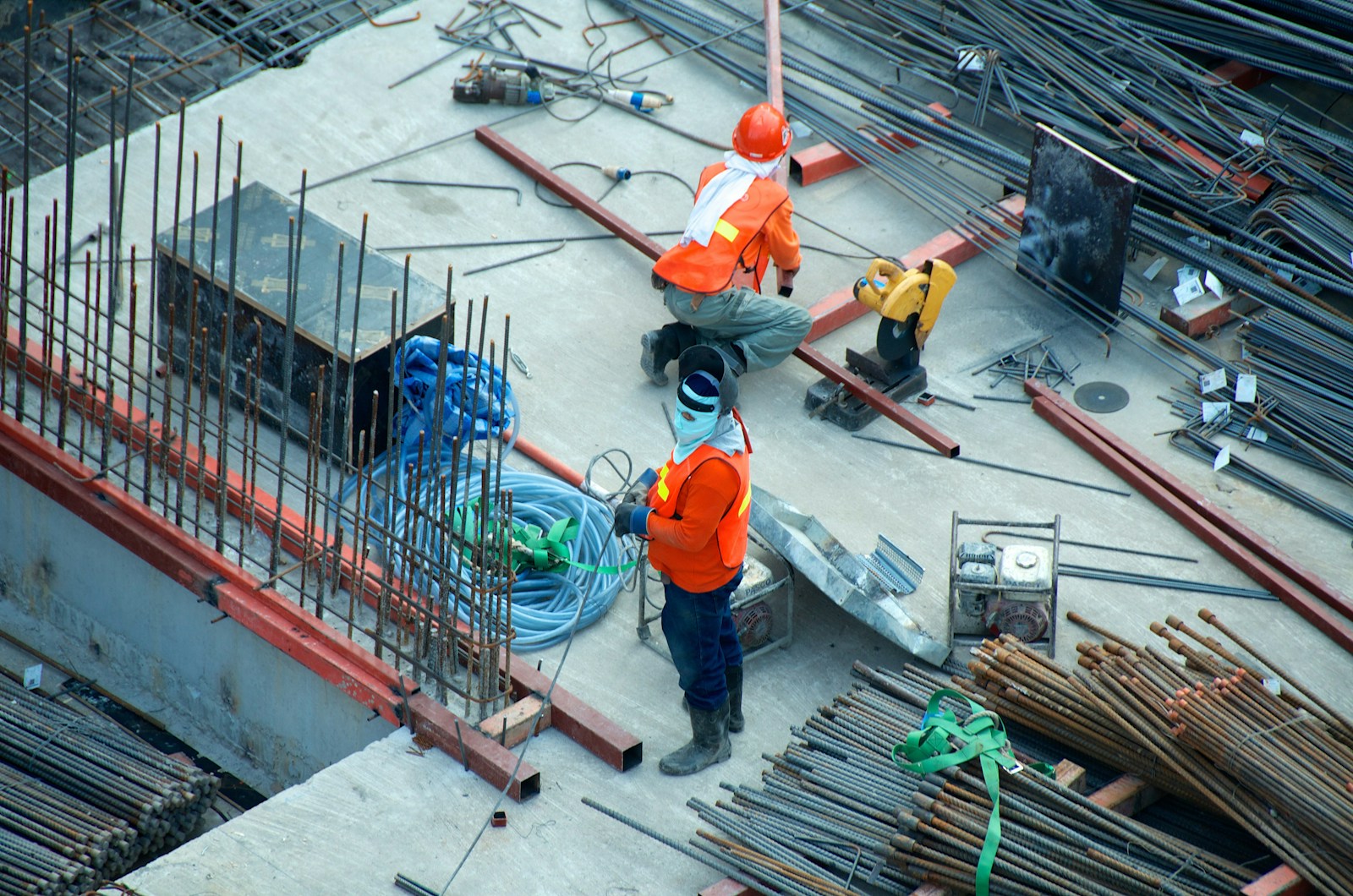When it comes to construction, steel stands as one of the most essential materials due to its unparalleled strength, versatility, and durability. But what exactly should you consider when selecting steel for your project? Key factors include the type of steel, its load-bearing capacity, resistance to environmental elements, and overall compatibility with other construction materials. Choosing the right steel isn’t just about picking a strong material—it’s about aligning its properties with the specific demands of your project. This decision directly impacts the longevity, safety, and cost-efficiency of the construction. In this blog, we’ll explore the crucial considerations to help you make an informed choice and ensure your project’s success.
Here at Metro Steel, we’re committed to helping you make smart decisions when it comes to steel selection, ensuring that every choice is optimised to meet your construction needs.
1. Understanding Steel Grades and Types
The variety of steel grades available means you have options tailored to different construction requirements. Each grade comes with unique properties suited to specific tasks, allowing you to choose precisely the right steel for your project’s needs.
Structural Steel
Structural steel is designed specifically for load-bearing applications, providing a solid foundation for buildings and frameworks. Its strength and stability make it the ideal choice for supporting weight and enduring environmental forces.
Carbon Steel
Carbon steel is known for its durability, making it highly suitable for areas where toughness is essential. This type of steel is perfect for high-impact sections of a structure, such as those exposed to regular wear and tear.
Alloy Steel
Alloy steels offer special qualities like corrosion resistance and increased strength. They are crafted by blending iron with other metals, giving them unique attributes ideal for specific needs, including added resilience in environments where steel is exposed to moisture or chemicals.
Choosing the right grade is all about aligning the steel’s properties with your project’s requirements. Structural steel’s load-bearing strength, carbon steel’s toughness and alloy steel’s enhanced resilience all offer valuable advantages. With the correct grade, you’ll ensure your structure has the optimal balance of strength, flexibility and durability.
2. Strength and Load-Bearing Capacity
In construction, strength is one of the most critical factors to consider when choosing steel. A building or structure must be able to withstand various forces including weight, wind and environmental stressors. The strength and load-bearing capacity of the steel will determine if it can safely support these loads without risk of collapse or structural failure.
For example, if you’re constructing a multi-story building or a structure that will hold heavy equipment it’s essential to select a high-strength steel with a proven load-bearing capacity. Steel’s strength isn’t just about supporting weight—it plays a key role in ensuring the safety and stability of the entire structure. Selecting steel with the appropriate strength is fundamental to the integrity of any construction project.
3. Corrosion Resistance and Environmental Factors
Steel’s long-term durability is heavily influenced by its resistance to corrosion. Without adequate protection against the elements, steel can weaken over time compromising the structural integrity of your build. This is especially relevant in harsh environments where humidity, salt exposure, or even industrial chemical exposure can accelerate corrosion.
If your project is near the coast or in a humid climate, for example, you’ll want to select steel with high corrosion resistance to prevent premature degradation. Corrosion-resistant steel like stainless steel or certain coated options provides additional protection in these settings. This added resistance helps prolong the lifespan of the structure, reducing maintenance costs and ensuring safety over the long term.
4. Cost and Budget Considerations
Cost is always a significant factor in any construction project, but when it comes to steel, it’s essential to strike a balance between cost and quality. While it can be tempting to choose the most affordable option, prioritising quality and durability often results in better value over the long term.
Choosing high-quality steel may have a slightly higher upfront cost but it reduces the need for frequent repairs and replacements, ultimately lowering the total cost of ownership.
5. Sustainability and Recyclability
Sustainability has become a growing priority in construction and selecting recyclable, eco-friendly materials is an excellent way to reduce environmental impact. Steel is not only highly durable but also one of the most recyclable materials available, making it a great choice for green construction initiatives.
By opting for recyclable steel, you can ensure that once the structure reaches the end of its lifecycle, its materials can be reused in other projects, reducing waste.
6. Availability and Customisation Options
Every construction project comes with unique specifications and sometimes standard steel options may not be a perfect fit. Having access to custom steel fabrication can be a huge advantage, allowing you to tailor materials to the exact dimensions and requirements of your design. This flexibility not only helps maintain timelines but also enables creative solutions that may otherwise be limited by standard options
7. Compatibility with Other Materials
In construction steel rarely works alone—it’s typically paired with other materials like concrete, timber or glass. Ensuring compatibility between steel and these materials is vital for a cohesive, long-lasting structure. Different materials have unique properties and they interact differently under stress, temperature changes and environmental exposure.
For instance, steel’s expansion rate differs from that of concrete or timber so selecting a compatible type of steel will prevent unwanted warping or stress that could damage the structure. Considering how steel will interact with other materials ensures a smoother construction process and a stronger final product.
8. Safety Standards and Compliance
Adhering to local and national safety standards is a fundamental part of any construction project. Choosing steel that complies with these standards not only ensures the safety of the structure but also protects you from potential legal liabilities. Australia has rigorous safety regulations and selecting steel that meets these standards guarantees that your project remains safe and compliant.
Making the Right Choice with Metro Steel
When it comes to choosing the right steel for construction considering factors like grade, strength, corrosion resistance, budget, sustainability and compatibility is essential to achieving a successful project. By taking the time to evaluate these aspects, you can make decisions that will strengthen your build, ensure its longevity and support safety throughout its lifecycle.
At Metro Steel, we’re here to help you navigate these choices with confidence. With our extensive range of high-quality steel products, customisation options and commitment to safety and sustainability, we’re dedicated to providing the materials you need to bring your vision to life. If you’re planning a construction project and need expert advice on steel selection feel free to reach out to us at Metro Steel for tailored guidance and reliable support.
 Talk to an Expert (07) 3204 1000
Talk to an Expert (07) 3204 1000 Working Hours - Mon – Fri 7:00 AM – 4:00 PM
Working Hours - Mon – Fri 7:00 AM – 4:00 PM
